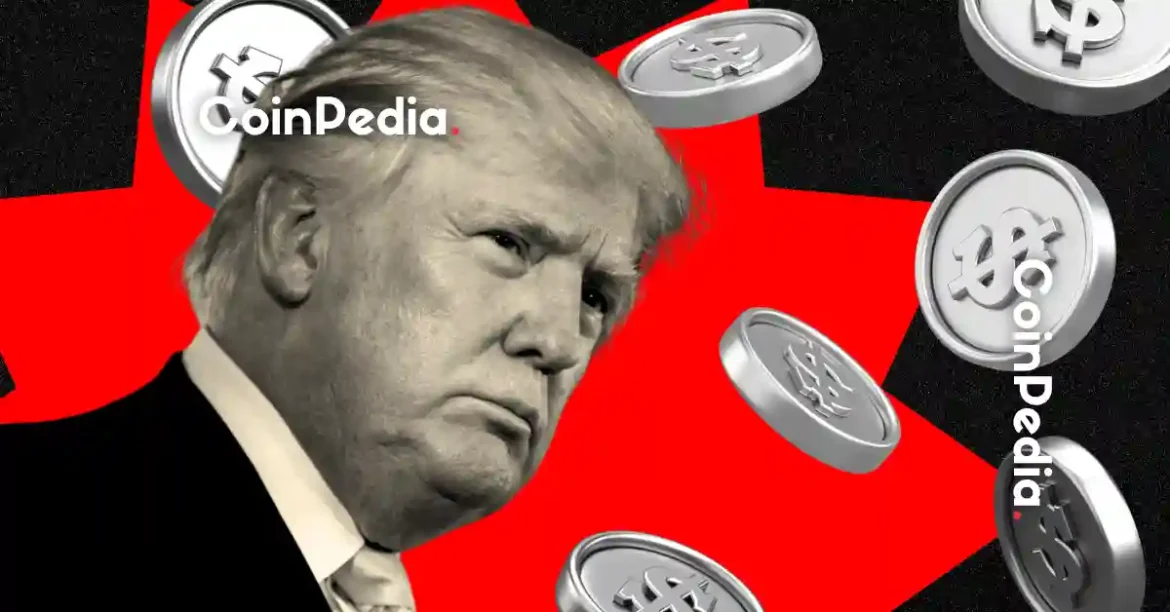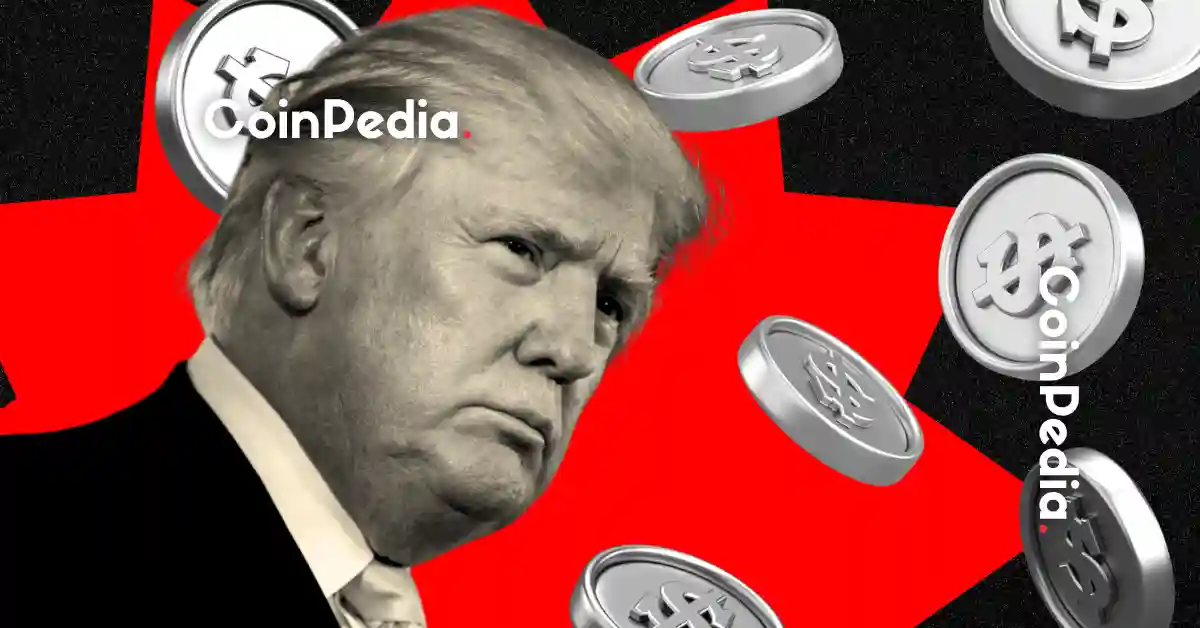The year 2025 has unfolded as a period of profound transformation in the cryptocurrency landscape, marked by a peculiar interplay between political dynamics and digital asset markets. Bitcoin, the world’s most prominent cryptocurrency, has experienced unprecedented growth, creating a new class of millionaires while simultaneously witnessing the erosion of former President Donald Trump’s crypto fortune. This paradoxical situation raises critical questions about the intersection of politics, regulation, and decentralized finance.
The first half of 2025 saw Bitcoin’s value surge, minting over 26,000 new millionaires. This remarkable growth was driven by a confluence of factors, including institutional investment, political uncertainty, and retail investor enthusiasm. BlackRock, one of the world’s largest asset managers, significantly increased its crypto holdings, injecting billions into the market and lending credibility to Bitcoin as a legitimate asset class. This institutional embrace fueled demand and propelled Bitcoin’s price to new heights.
Institutional Embrace: A Sea Change
The influx of institutional investors marked a significant shift in the cryptocurrency market. Traditional financial institutions, once skeptical of digital assets, began to view Bitcoin as a viable investment option. BlackRock’s increased crypto holdings, for instance, sent a strong signal to the market, encouraging other institutional players to follow suit. This trend was further bolstered by the growing acceptance of Bitcoin as a store of value, particularly among hedge funds and family offices seeking to diversify their portfolios.
Bitcoin as a Safe Haven: Navigating Political Uncertainty
Trump’s return to the White House introduced a degree of uncertainty into the global financial markets. His policies, often characterized by unpredictability, led some investors to seek refuge in alternative assets like Bitcoin. The narrative of Bitcoin as a decentralized, apolitical store of value gained traction, attracting investors seeking to hedge against potential economic disruptions. This flight to safety contributed to Bitcoin’s bull run, as investors sought to protect their wealth from the volatility of traditional markets.
Retail FOMO: Riding the Wave
As Bitcoin’s price soared, a sense of “fear of missing out” (FOMO) gripped retail investors. Stories of overnight riches fueled a frenzy of buying activity, further propelling the price upwards. This influx of new money, coupled with the existing holders’ reluctance to sell, created a supply squeeze that exacerbated the price increase. The retail investor frenzy was particularly pronounced in the United States, where Trump’s political influence added an extra layer of excitement to the market.
While Bitcoin’s rise enriched thousands, President Trump’s personal crypto portfolio experienced a dramatic decline. Reports indicate a staggering 78% drop in value within the first six months of 2025. This raises several critical questions: How could the president of the United States, seemingly so closely tied to the crypto narrative, suffer such significant losses amidst a bull market? Was it simply bad timing, poor investment choices, or something more sinister at play?
Meme Coin Mayhem: Riding the TRUMP Wave
Despite his crypto portfolio taking a hit, Trump’s connection to the crypto world seems to be more complex than just personal holdings. The emergence and popularity of Trump-themed meme coins, such as “$TRUMP,” adds another layer to the story. While some wallets made millions off these coins, the vast majority of holders, often small retail investors, lost money. This dynamic raises concerns about potential manipulation and the ethical implications of a public figure being associated with such volatile and speculative assets.
Regulatory Roulette: Navigating Shifting Sands
Trump’s administration signaled intentions to introduce regulatory changes to the cryptocurrency market. Regulatory uncertainty can spook investors, leading to price volatility and potential losses. If Trump’s policies inadvertently stifled innovation or created an unfavorable environment for crypto businesses, it could have negatively impacted his own portfolio, especially if his investments were concentrated in projects sensitive to regulatory changes.
Corruption Concerns: A Cloud of Suspicion
Allegations of “Trump-style crypto corruption” raise serious ethical questions. Critics argue that his involvement in the crypto space creates avenues for potential conflicts of interest. The concern is that his policies could be influenced by personal financial interests, potentially benefiting specific crypto projects at the expense of the broader market or the public good. These allegations have cast a shadow over the cryptocurrency market, raising questions about the integrity of the industry and the role of political figures in shaping its future.
Beyond the contrasting fortunes of new millionaires and Trump’s portfolio, the overall number of Bitcoin millionaires has seen significant fluctuations since Trump’s return. Reports indicate periods of decline, with tens of thousands of addresses losing their millionaire status, followed by periods of recovery and growth. This highlights the inherent volatility of the cryptocurrency market and its sensitivity to political and economic events.
The Impact of Trump’s Policies: A Double-Edged Sword
Trump’s policies, while intended to stimulate the economy, may have had unintended consequences for the cryptocurrency market. His focus on deregulation and tax cuts could have fueled speculation and contributed to Bitcoin’s initial rise. However, his trade policies and unpredictable pronouncements may have also created economic uncertainty, leading to periods of market correction and a reduction in the number of Bitcoin millionaires. This dual impact underscores the complex relationship between political decisions and market dynamics.
The Long-Term Implications: A Crypto Ecosystem Under Scrutiny
The events of 2025 have profound implications for the future of the cryptocurrency market. The rise of Bitcoin millionaires, coupled with the questions surrounding Trump’s involvement, have thrust the industry into the spotlight, prompting calls for greater regulation and oversight. The long-term impact will depend on how policymakers navigate the complex interplay between innovation, investor protection, and the potential for abuse. The cryptocurrency market is at a crossroads, and the decisions made in the coming years will shape its trajectory for decades to come.
The story of Trump and Bitcoin in 2025 is a complex and multifaceted one. It is a tale of fortunes made and lost, of regulatory uncertainty and ethical concerns, and of the growing influence of politics on the decentralized world of cryptocurrency. While Bitcoin continues its journey towards mainstream adoption, the events of 2025 serve as a reminder of the inherent risks and opportunities in this rapidly evolving landscape. The paradox of Trump’s apparent crypto struggles amidst a booming market underscores the need for careful consideration, informed decision-making, and a healthy dose of skepticism in the world of digital assets. The future of Bitcoin, and the fortunes it creates, will depend on how these challenges are addressed. The cryptocurrency market is poised for further growth, but it must navigate the complexities of political influence, regulatory scrutiny, and ethical considerations to realize its full potential.





